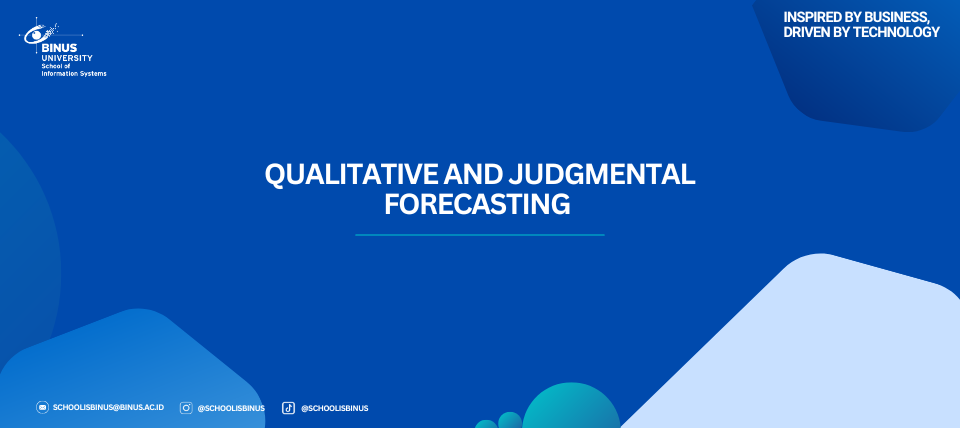Qualitative and Judgmental Forecasting

Qualitative forecasting is valuable when projecting far into the future or when factors like government regulations or competitor behaviour cannot be measured numerically. A simple example might involve a manager’s opinion or a group consensus, while more structured approaches include historical analogy and the Delphi method.
Historical analogy
Comparing a current situation with a similar past event to predict outcomes. For instance, consumer reactions to a new product launch might be forecast by studying how similar products performed in the past. While this method can provide valuable insights, it must account for changing conditions to avoid inaccurate predictions.
Example
Predicting the Price of Oil
In early 1998, the price of oil was about $22 a barrel. However, in mid-1998, the price of a barrel of oil dropped to around $11. The reasons for this price drop included an oversupply of oil from new production in the Caspian Sea region, high production in non-OPEC regions, and lower-than-normal demand. In similar circumstances in the past, OPEC would meet and take action to raise the price of oil. Thus, from historical analogy, we might forecast a rise in the price of oil. OPEC members did, in fact, meet in mid-1998 and agreed to cut their production, but nobody believed that they would cooperate effectively, and the price continued to drop for a time. Subsequently, in 2000, the price of oil rose dramatically, falling again in late 2001.
The Delphi method
Gathers input from a confidential panel of experts who respond to questionnaires over several rounds. After each round, opinions are anonymously shared, allowing experts to refine their forecasts based on others’ insights. This process encourages unbiased discussion and typically leads to a consensus, making it particularly useful for long-term or uncertain predictions, such as technological advancements.
Indicators and indexes
Help enhance judgmental forecasts by tracking measures believed to influence the target variable. Indicators can be combined into an index, such as the Dow Jones Industrial Average, to provide an overall sense of direction. While not complete forecasts on their own, they offer valuable signals about future trends.
Example
Economic Indicators
One variable that is important to the nation’s economy is the gross domestic product (GDP), which is a measure of the value of all goods and services produced in the United States. Despite its shortcomings (for instance, unpaid work such as housekeeping and child care is not measured; production of poor-quality output inflates the measure, as does work expended on corrective action), it is a practical and useful measure of economic performance. Like most time series, the GDP rises and falls in a cyclical fashion. Predicting future trends in the GDP is often done by analysing leading indicators—series that tend to rise and fall for some predictable length of time prior to the peaks and valleys of the GDP. One example of a leading indicator is the formation of business enterprises; if the rate of new businesses grows, we would expect the GDP to increase soon. Additional examples of leading indicators are the percent change in the money supply (M1) and net change in business loans. Other indicators, called lagging indicators, tend to have peaks and valleys that follow those of the GDP. Some lagging indicators are the Consumer Price Index, prime rate, business investment expenditures, and inventories on hand. The GDP can be used to predict future trends in these indicators.
References:
J. R. Evans, Business Analytics: Methods, Models, and Decisions, 3rd ed., Global ed. London, UK: Pearson, 2020.

